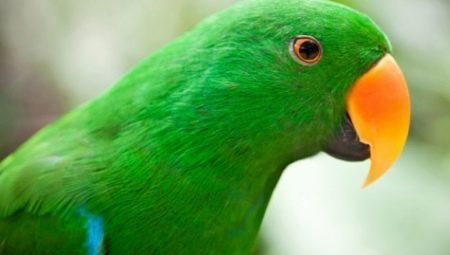Green large parrots are a very beautiful species, they are even called noble, as these birds can behave themselves with dignity and practically do not cause inconvenience with their behavior, they get along well with people.
The Latin name is Eclectus roratus, they come from Australia.
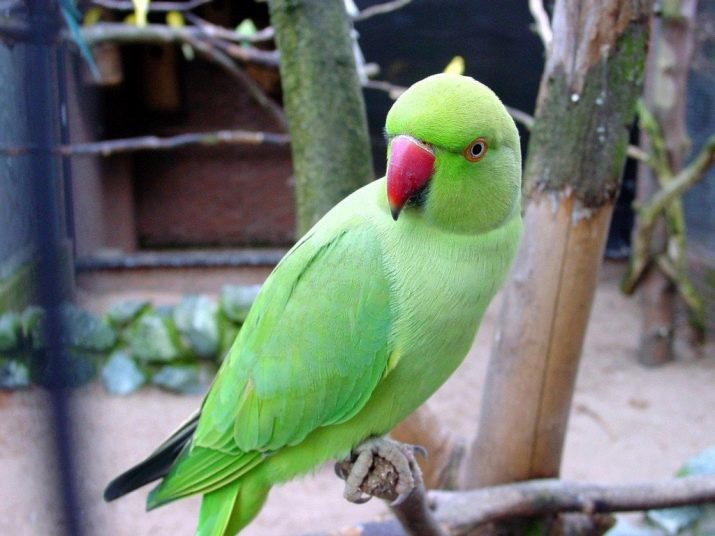
Description
Green parrots, or eclectuses, are quite large in size - they can grow up to almost 40 cm, and weigh more than 0.5 kg. Their color is also quite original:
the color of the males is green, the wings are bluish, the tail is cast in yellowness;
most of the feathers of the female are red-cherry, with a blue fringing along the edge of the wings and abdomen.
They look so different that experts for many years considered the female and the male eclectus different birds. The differences also apply to the beak, black in females and light uneven in males. Parrots of this species live up to 50 years.
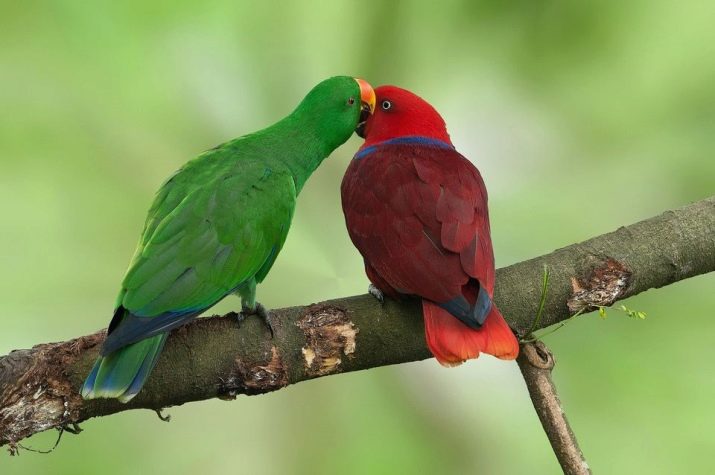
Content Rules
Since these birds are polygamous in nature, even if you buy a pair of parrots, they may not have a connection, and the relations of individuals will remain at the level of completely friendly and neighborly.
Parrots of this breed are very smart, they think well and appreciate a benevolent attitude.
Owners need to learn about the nutritional features and contents of large green parrots before taking a pet into the house.

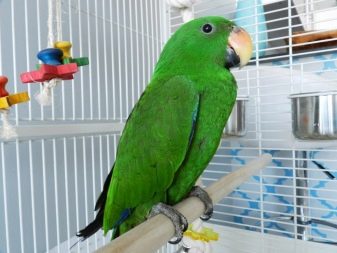
They often eat, mainly food should consist of vegetables, fruits, berries, excluding avocados - this fruit can even cause death. Specialists recommend very rarely feeding eclectus with lean meat - in small quantities, since in nature birds eat a large number of insects, this can serve as a certain kind of compensation. Small parrots are fed with a spoon or syringe.
The diet of birds should consist of the following components:
germinated grain;
porridge (can be used for children);
salads from vegetables, fruits;
nuts:
low-fat cottage cheese;
sugarless muesli
rye flakes.
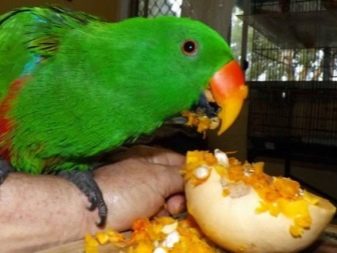
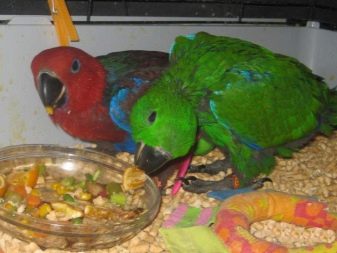
Since the food of eclectus requires cooking, it is often made for the future and frozen. As for grain mixtures, there are 3 types, and all of them must be present in the diet:
sprouted;
soaked;
dry.
Categorically it is impossible to feed a parrot only with solid food and a dry mixture.
About once every 7 days you need to give a couple of grams of activated carbon for the prevention of various kinds of disorders.
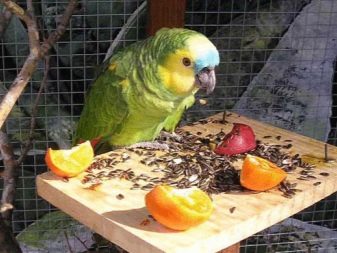

As for the conditions of detention, you should definitely pay attention to the following points:
the most suitable temperature fluctuates around +20 C;
the cage or aviary should be spacious;
periodically rearrange everything in the bird's house, change toys, you need to do this at least once a week, otherwise the eclectus will begin to get bored;
parrots love to bathe, so arrange a shower of rather warm, almost hot water with the addition of brewed chamomile, so the feathers will be healthier and shine;
let your pet go around the room more often, as they like to fly very much, it’s useful for them to move.

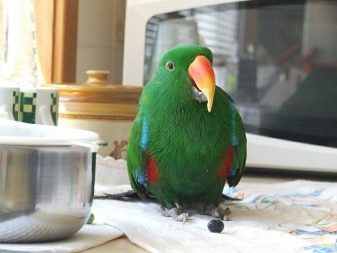
The education of eclectus is a rather interesting occupation. It is easier and faster to establish relations with the male and tame it, while the females are too suspicious and cautious for a long time. Once the bird begins to trust you, the relationship will be very touching, regardless of gender.
These birds are extremely quick-witted and smart, remember phrases in their entirety, know how to put them to the right place, sing songs. Often there are neat birds, they clean food in bowls, after playing, return the toys to their place. They perfectly master the rituals and follow them, easily learn tricks. They get along with pets quite peacefully, but they can peck them if they want to drive them away.
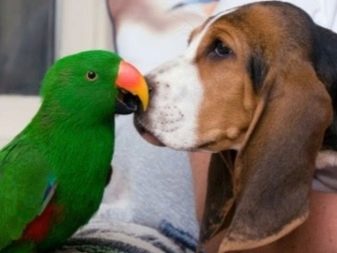
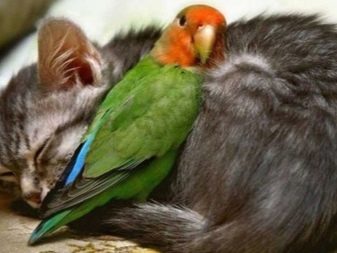
Reviews of owners of parrots of this breed are mostly positive. Most often, they note that birds are distinguished by a peaceful disposition, curiosity, get along well with people and become faithful life companions for their owners.
Propagation Features
Parrot mating games begin with finding partners. They choose, as a rule, those hollows that are high, which means they are safe. For almost a month, the female will prepare a nest for the unborn baby, and all this time she will not leave the nest for long. When the time for laying eggs comes, she will hide in the hollow and remain there, the male feeds her all this time. After the chicks hatch, he feeds them too. The female hatches most often 1-2 eggs for about a month, after which birds hatch, completely unable to exist independently. The female continues to patronize the babies until they can take care of themselves, the male carries them food all this period. Most often, it lasts about 3 months, and the male can simultaneously help other females and chicks, strangers who are not related to him.
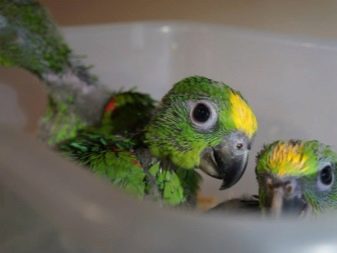

Diseases and their prevention
In order for the parrot to develop well, be healthy and cheerful, it is necessary to monitor its appearance and behavior. Proper nutrition, good care and the ability to move allow the bird to feel great.
If the bird is healthy, it is difficult not to notice, it:
Rejoices at you, actively behaving;
chirps a lot, talks, sings;
plumage glistens, smoothly lies;
no refusal of food;
no drowsiness;
leans on one paw in a dream.
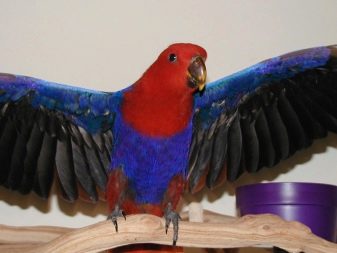
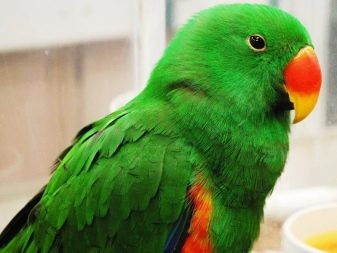
What symptoms should alert you right away:
refusal of food, or poor appetite;
the eyes are dim;
the bird moves a little, not in the mood;
breathes frequently and intermittently;
sleep is too long;
leans on two paws during sleep.
If you do not have experience in raising birds or if you notice negative changes in the behavior and appearance of your feathered friend, it is better to contact your veterinarian right away. Going to the doctor, take the litter for analysis.
Diseases are divided into 3 main groups.
Non-infectious. For example, vitamin deficiency. Most often, the cause of such diseases is malnutrition, monotonous food. In addition, injuries are possible, especially if you do not follow safety rules by letting the bird fly. Curtains and mirrors must be closed. The treatment is quite complicated, as parrots pluck their feathers after processing and applying ointments, tearing off the bandages.
Infectious. Here the reason is viruses and bacteria, which may be in food eaten by litter. It is important to clean the cages on time and not feed the bird with poor-quality, moldy food.
Invasive. They are caused by parasites, for example, salmonella, which can also harm the bird owner. It is very important to timely contact a specialist for treatment.
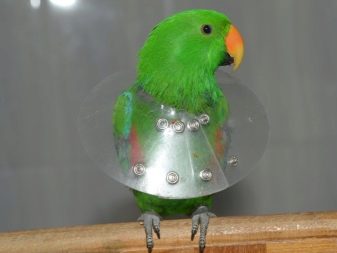
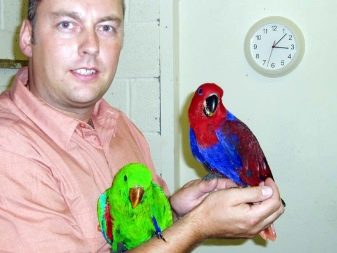
We suggest that you familiarize yourself with the symptoms of the most common and dangerous diseases in parrots, having noticed which, you should immediately contact your veterinarian:
psittacosis: eyes swell, runny nose and discharge from the anus, no appetite, apathy - treated with antibiotics;
salmonellosis: the first sign is diarrhea, after which you must immediately consult a specialist, since it is dangerous not only for the pet, but also for the owner;
roundworm: parasites that affect the intestines cause stool disturbance, refusal to eat, weight loss, pain when touched - disinfection and treatment are required;
scabies: the area around the eyes and the beak becomes inflamed, hollows appear on the beak, breathing is difficult, the scales on the legs are growing rapidly - it is treated with aerosol preparations;
gout: white knots on the fingers, weakness and lethargy, then increasing, then decreasing appetite, diarrhea and thirst - if measures are not taken in time, the bird will die in a matter of days.
Particular attention should be paid to a symptom such as diarrhea. It can kill a parrot, as it most often indicates a serious disease. If the parrot is quite alert and active, then you can conclude about poor-quality food and try to cure the parrot yourself. If diarrhea is combined with other symptoms, contact your veterinarian urgently. In the case of a commonplace eating disorder, the following treatment is prescribed:
activated carbon, crushed;
small dosage of phthalazole;
fruit tree branches;
proper nutrition.

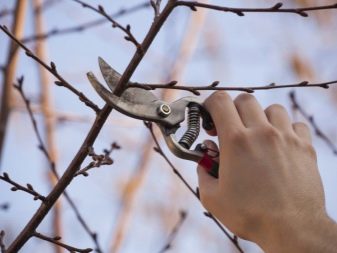
Exclude salad, plantain, cabbage, green food from the diet.
You can learn more about green parrots in the next video.
